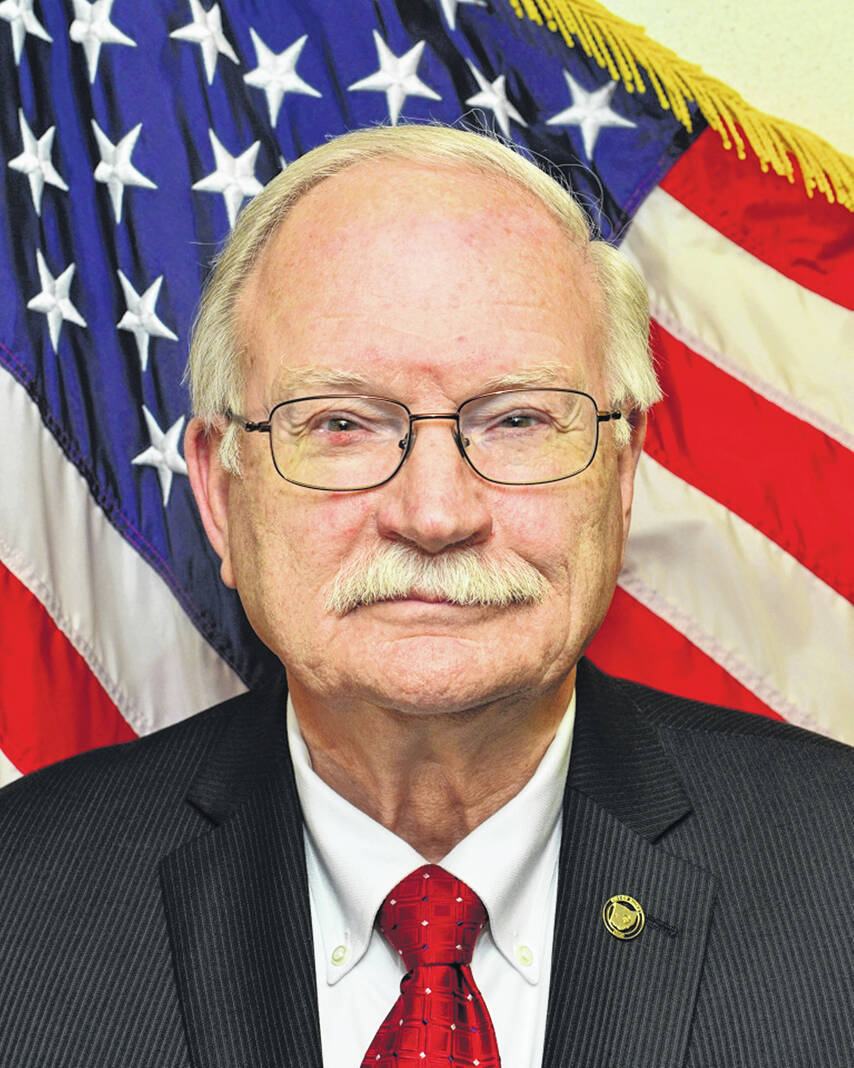
Some weeks ago, I was in the final edits of a guest editorial touting the monetary savings residents had received resulting from utility aggregation when the news arrived that our natural gas aggregator (Volunteer Energy) was declaring bankruptcy. The bankruptcy was filed on March 22. I shelved the article as I waited to see how the federal bankruptcy court would deal with Volunteer Energy’s bankruptcy filing.
Fairly quickly, notice was posted on the Public Utility Commission of Ohio’s (PUCO) website that Volunteer Energy customers would be dropped back to the utility’s Standard Choice Offering (SCO) rate for natural gas. Through this past winter, the SCO rate has averaged $0.712 cents per 100 cubic feet (Ccf) of natural gas dating back to October 2021 through February of this year.
The Volunteer Energy rate negotiated for what has become known as the “Sidney Aggregate” (residential customers in Sidney, Greenville, Bellefontaine, Bradford, Fort Loramie, Russia, Ansonia, Covington, West Milton and Jeffersonville) was fixed at $0.429 per Ccf and was slated to run through April 2023. For the 11,308 households previously served by Volunteer Energy through these communities’ natural gas aggregation programs, the savings over the past year have amounted to nearly $125,000 collectively.
Affordable Gas + Electric (AGE), the company that represents the Sidney Aggregate as the energy consultant for the community aggregation program quickly moved to inform residents that participants would be receiving official notice from CenterPoint Energy Ohio via US mail of their accounts being returned to the utility’s SCO program and there is no action that AGE would be taking on behalf of the aggregate at this time (winter is simply not a good time to negotiate a natural gas contract).
Then news recently arrived that AES Ohio (formerly Dayton Power & Light) would be increasing their electric rates $ 0.06 per kWh effective June 1 resulting in the typical residential customer’s rate increasing to $0.109 per kWh, or about $60 per month. Participants in the Sidney Aggregate (residents in Sidney, Bellefontaine, Greenville, Urbana, West Milton, Fort Loramie, Russia, Botkins, Bradford, Covington, Newberry Township, Belle Center, Anna, Ansonia, DeGraff, Quincy, Coldwater, Fort Recovery, Jeffersonville, and Lockington) are currently paying $0.0499 per kWh, and will not be impacted by AES Ohio’s rate increase, as the price is contractually guaranteed through December 2024.
To help you better understand utility aggregation, I’ll go back to the beginning. The Ohio General Assembly approved utility aggregation in 2008. As prescribed by law, Sidney’s City Council passed a resolution in support of the program, developed an operational plan, held two public hearings, and then asked voters to authorized opt-out aggregation at a regularly scheduled election.
After interviewing a number of companies, council members determined that AGE could best serve our needs, and the needs of other communities who might join the Sidney Aggregate. Although I invited all Shelby County communities to join with Sidney, just two communities (Fort Loramie and Russia) were on-board from the beginning. Russia Mayor Terry Daugherty and then Fort Loramie Mayor Phil Eilerman participated in many of the meetings held at Sidney’s City Hall.
Voters in Sidney and several surrounding communities voted to allow natural gas and electric utility aggregation in 2015, and shortly thereafter, the first contracts were negotiated by AGE on behalf of the Sidney aggregate. Seeing the savings our residents were experiencing, I actively worked with AGE to form a small business aggregate and went on the road to encourage communities like Bellefontaine, Bradford, Covington, Greenville, Urbana and West Milton to join the aggregate. As voters approved utility aggregation, these communities eventually joined.
The idea behind aggregation is that a larger buying group may be able to get better terms for the group members than an individual might be able to negotiate on their own. This “buying power” may also allow aggregators to negotiate for additional benefits for the group’s members such as consolidated billing, energy management services and energy use analysis. Ohio’s law allows for local government aggregation by cities, townships or counties, with “opt-in” or “opt-out” provisions for their consumers. All aggregators must be certified by the PUCO to make sure they are qualified to provide electricity or natural gas in Ohio.
“Opt-in” aggregation is a program that permits each resident to sign up individually to participate. “Opt-out” aggregation is a program that automatically enrolls all local residents, unless they individually opt-out of the program and choose not to be included. Sidney’s Council chose the “opt-out” plan in 2015, and that has been the same plan followed since. As a result, residents are automatically enrolled in the program unless they opt-out, something that by law is required every time a new contract is negotiated.
Despite Volunteer Energy’s bankruptcy filing, Sidney residents alone who have been part of the program have saved more than one million dollars since the program was first made available in 2016. That’s money that each participant has been able to either save or use for other purchases. Looking back over a long career in municipal government, it is one of the programs I championed that has had a meaningful impact for those who have chosen to participate.
The Sidney Daily News has done a good job of keeping their readers informed on utility aggregation since the enabling legislation was enacted by the General Assembly in 2008. Additional information is available on the city of Sidney’s website at www.sidneyoh.com


